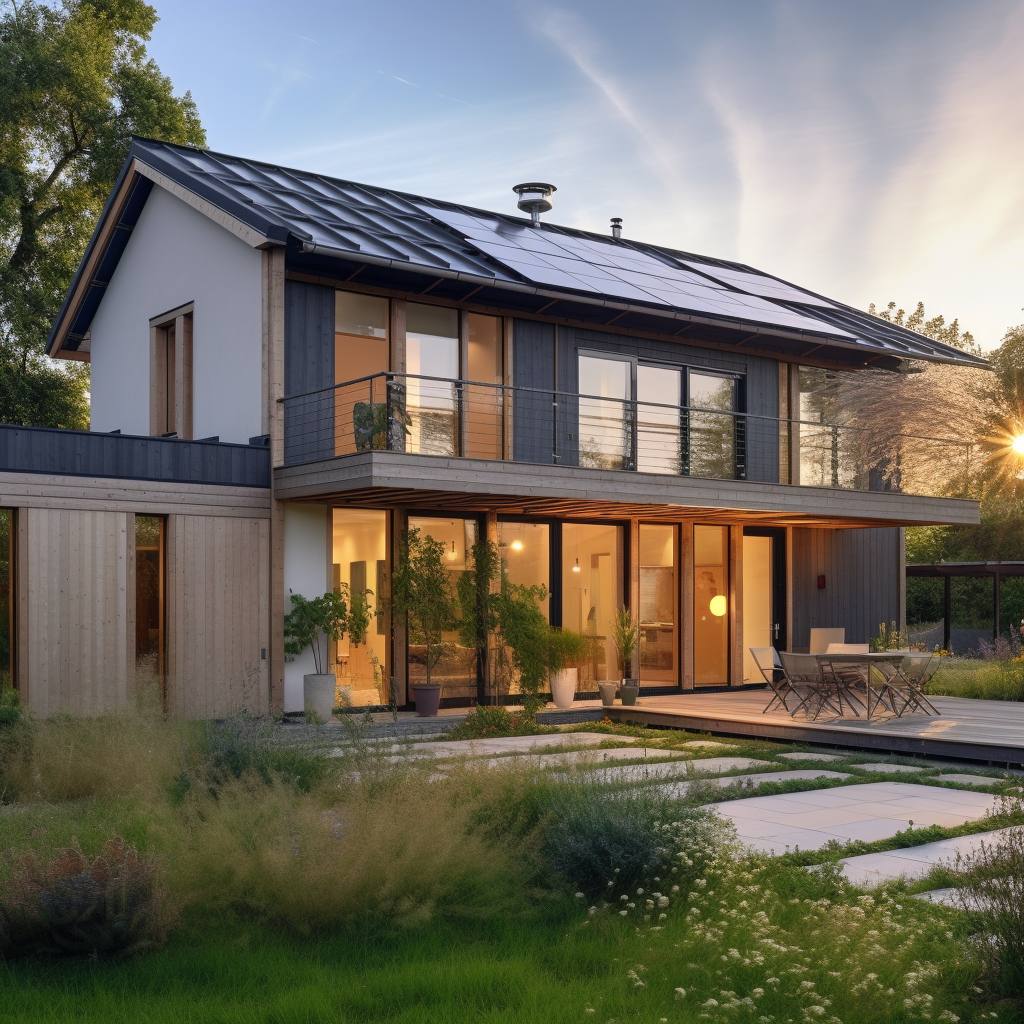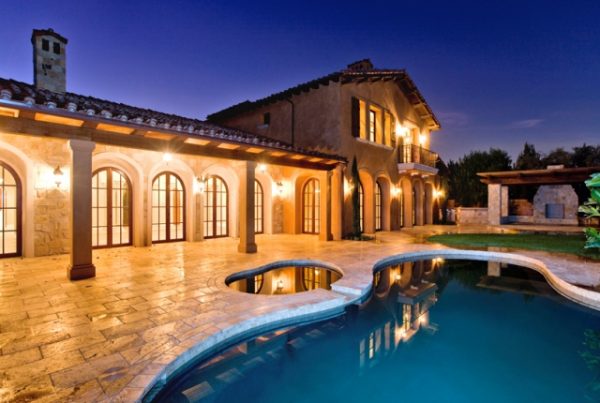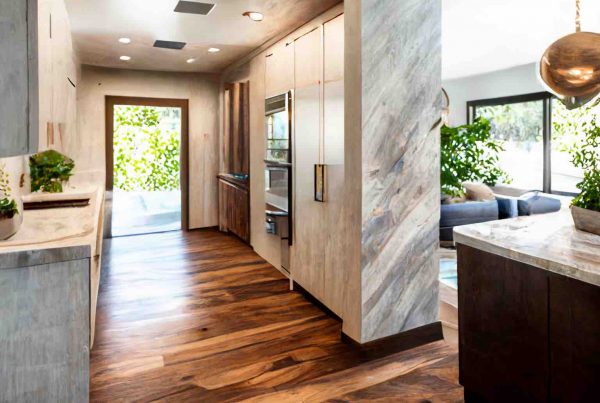In recent years, the concept of sustainable homes has become increasingly popular, especially when it comes to building homes. Constructing more sustainable homes is a way to reduce the carbon footprint on the planet. It also helps make a positive impact on the environment. And now you can achieve this goal without negatively impacting the beauty, quality, and convenience of your home. Let’s discuss some of the elements that make a home sustainable and their advantages over traditional methods.
1- Solar energy, building orientation, and passive solar design
Solar energy, building orientation, and passive solar design are all different ways of conserving energy. Most people know about solar panels and how they impact energy use in sustainable homes. Solar panels can be connected to the grid, allowing you to sell excess energy back to your utility company. But there are other ways to impact the energy use of your sustainable home. Building orientation and passive solar design are important strategies for achieving energy efficiency in buildings. By carefully considering the placement and orientation of a building on a site, it is possible to maximize the amount of sunlight that enters the building. That way you can reduce the amount of energy needed for lighting and heating. Passive solar design involves using building materials and construction techniques that capture, store, and distribute heat from the sun. These strategies can significantly reduce the energy consumption of sustainable homes and lower their carbon footprint.
2-Energy Efficient Windows and Doors
Another critical component of sustainable homes is energy-efficient windows and doors. Typically, these products are designed with advanced insulation materials and construction techniques to help reduce heat loss or gain. Therefore, they reduce the amount of energy needed and the cost of heating and cooling your home. For example, double-glazed or triple-glazed windows have multiple panes of glass with a layer of insulating gas in between. Therefore, they reduce heat transfer and improve the energy efficiency of your sustainable home. In addition to the glass, the frames and seals of windows and doors can also be designed to improve insulation. Insulated windows and doors also help reduce noise inside, which can be important if you live near a busy road.
3- High-Performance Insulation
High-performance insulation is another essential element of sustainable homes. Insulation helps to keep your home warm in the winter and cool in the summer. There are several types of insulation available, including fiberglass, cellulose, and spray foam. A knowledgeable contractor can help you choose the type of insulation that is best suited to your needs.
4- Non-Toxic Building Materials
The materials used in the construction of a sustainable home should also be non-toxic and eco-friendly. This includes everything from the paint on the walls to the flooring and cabinetry. Using non-toxic building materials helps to create a healthier living environment for you and your family. It also reduces the environmental impact of your home.
5- Heating and Cooling Systems
One of the essential components of sustainable homes is the energy efficiency of their heating and cooling systems. These systems use less energy to heat and cool your home. The best part is that not only it reduces your carbon footprint, but also saves you money on energy bills. There are several types of energy-efficient heating and cooling systems in the market now. Some examples include geothermal heat pumps, radiant heating, and solar heating systems. Not all systems are created equal. A contractor with experience in sustainable building can help choose the system that is best for your sustainable home.
6- Use of locally sourced materials
The use of locally sourced materials in construction projects can have benefits for both the environment and the local economy. Locally sourced materials require less energy to transport. Therefore, it reduces greenhouse gas emissions and the environmental impact of transportation. In addition, sourcing materials locally supports local businesses and can help create jobs in the area. Using local materials also helps to promote the use of sustainable materials, such as those that are harvested or produced in a sustainable manner. By using locally sourced materials, builders can build sustainable homes that are both environmentally and socially responsible
7- Smart Irrigation System
Finally, a smart irrigation system is another element of sustainable home construction. These systems are designed to automatically adjust the amount of water used to irrigate your lawn and garden based on the weather conditions. This helps to reduce water usage, while also ensuring that your landscaping stays healthy and vibrant.
Last word
Building a sustainable home has many advantages, including reduced energy bills, a smaller carbon footprint, and a healthier living environment. If you are planning to build a new custom home or upgrade your existing home, consider reaching out to us. our team at Crest Builders can help you build a home that is both sustainable and beautiful without sacrificing the quality or convenience of your home.






